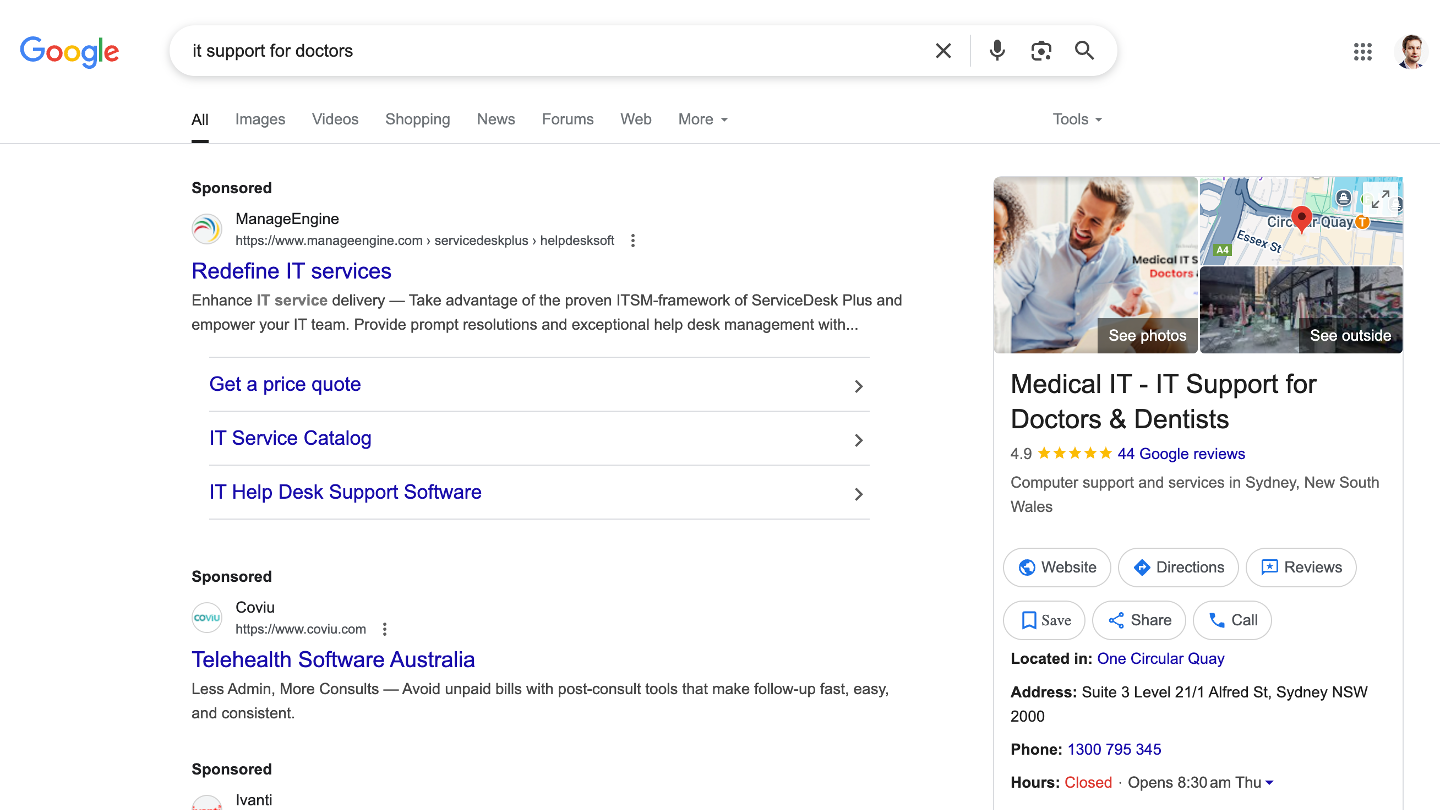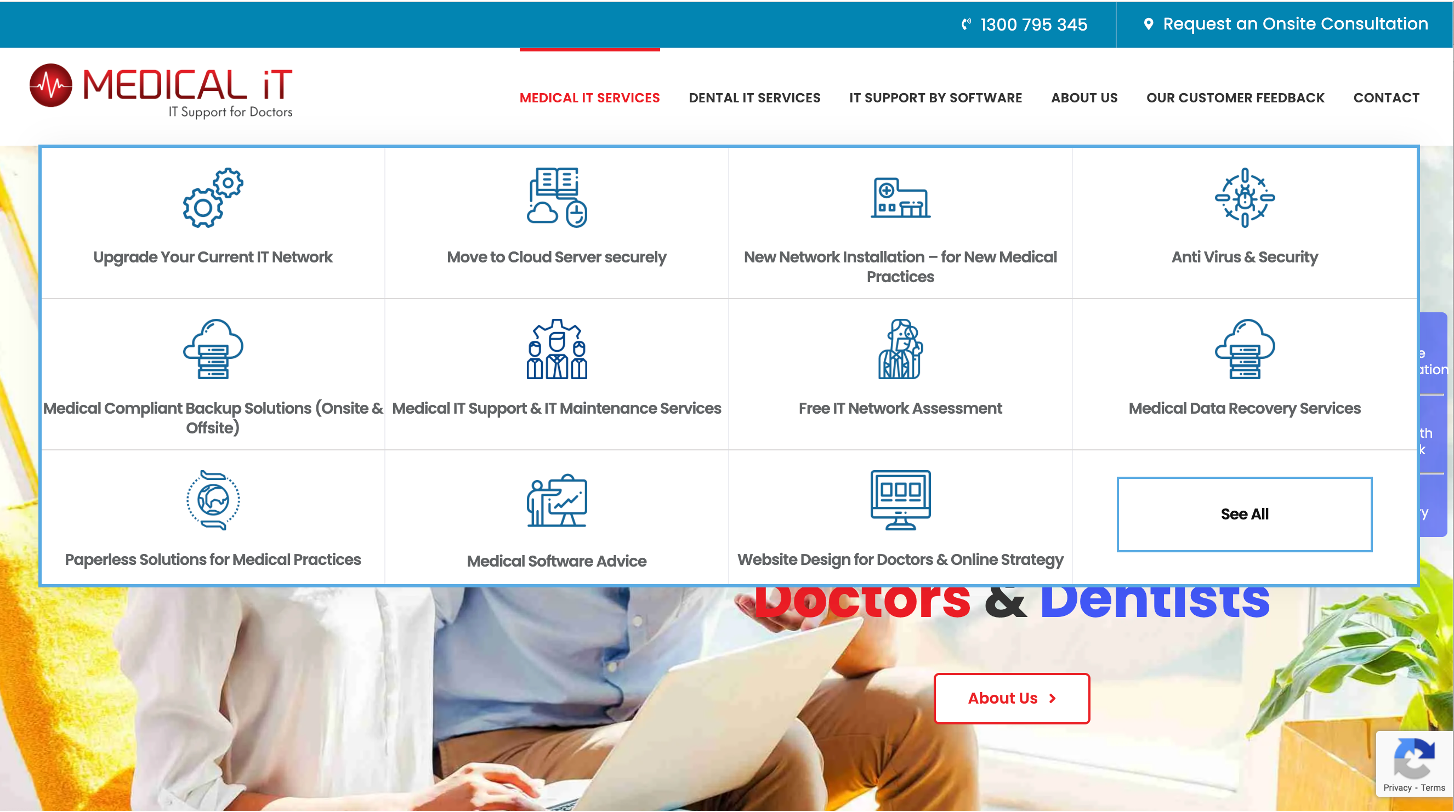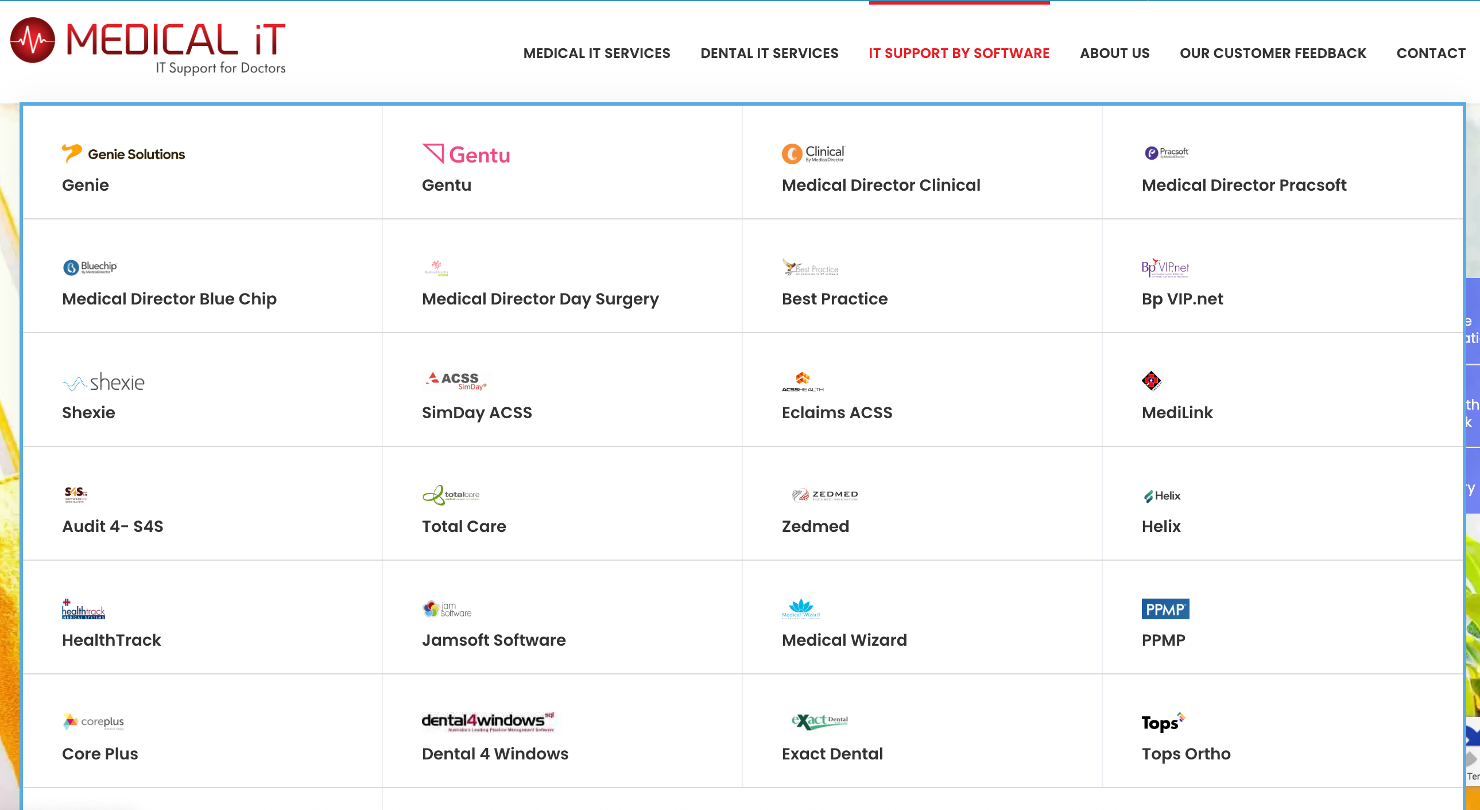Practical Marketing for MSP. Part 1 - Strategy
By Gaidar Magdanurov · 30 June 2025
There are numerous excellent books on marketing. There are countless excellent online courses and video series available on marketing. Yes, MSPs often lack the time and desire to invest significant time in marketing. Most MSP business owners, being technicians at heart, want to focus on the technology and the quality of service they deliver to their customers, instead of driving business. Yet, marketing is often considered the “necessary evil” – without doing it effectively, there is little to no business growth. Therefore, in this short series of articles on marketing, we will examine a specific and practical approach to marketing that has been successfully used by MSPs worldwide.
Marketing strategy
Effective marketing begins with defining the strategy, making decisions on the target audience, and the offering that will be promoted through marketing. The goal of the strategy is to describe the best product for a specific market segment.
To design an effective strategy, it is essential to conduct thorough market research and understand the type of customers available in the market, their spending behavior and willingness to pay, as well as the services they require. Then, knowing the market, make decisions to focus on specific segments and validate that you have the capability and resources to target that segment effectively, offering the best product for it. A simple example would be offering services to customers who require a quick on-site presence within a one-hour driving radius of your office and marketing your availability to be on-site within an hour. Customers need a fast on-site presence, and the MSP has the geographical advantage of being physically close to them.
An example
Let’s expand on a more sophisticated example of a startup MSP in Australia. They had substantial experience working with law firms in the past; they understand the requirements and speak the "legal" language; thus, it seemed like a good idea for them to target law firms specifically.
They conducted research and decided to target only smaller law firms in the Sydney area, as these firms are primarily based in the Sydney region. They defined their market segment as companies with 15–75 employees and annual revenues of $3–35 million, who either have some basic internal IT support or use break-fix MSP services, and spend at least $35,000 per year on IT infrastructure support services. They estimated that approximately 2,000 companies in the area fit the profile. Their current target is to reach $3.5 million in revenue, and, assuming a $35,000 annual contract value, they need 100 customers, which is approximately 5 % of the target and seems reasonable. They have 10 people on their team, most of whom have some background in law or IT for legal firms. Based on their capacity model, they can serve 100 customers; thus, they have the necessary resources and expertise to deliver the services.
Now, designing the best product for the market, they decided to focus on compliance, which is becoming increasingly important for law firms. They also offer quick on-site support in the Sydney area, as well as a deep understanding of the needs of law firms. Their team has legal expertise and compliance expertise. They have a local presence with a four-hour guaranteed response. They designed product packages (basic, advanced, and premium) tailored to the law firm’s needs, with fixed pricing and predictable monthly billing.
Marketing mix: the 4 Ps of marketing
Since the 1960s, when E. Jerome McCarthy conceptualized the 4 Ps (product, price, place, and promotion), the concept has been widely used to explain the essence of marketing. The whole idea of marketing is to make the right product available at the right price in the right place with the right promotion. Simply put—coming back to the discussion of the marketing strategy—design the best product for the audience and then offer it to them at the right moment when they need it, or when they can recognise that they need it and that the product is the best option for their needs.
The concept is simple, yet many MSPs, having a technical background, dismiss it. It seems obvious that businesses need data backup and cybersecurity. It is evident that, in case they have time-sensitive systems, they need disaster recovery. Yet… It is obvious to the technical experts, not the business owners. Customers may be convinced that they will never experience a ransomware attack, or that hardware failure is so rare that they are not willing to pay for extra protection.
Therefore, it is essential to target customers during “marketable moments,” when they may be seeking a new service provider and are open to a conversation. For a typical MSP, those moments may be:
- Downtime – hardware or software failure, cyber-incident. The business is struggling and seeking immediate assistance.
- New regulations and compliance requirements. Although there may not be an immediate need, the business believes there is an upcoming issue that needs to be resolved.
- A new person in charge of IT or of the business, or an acquisition/structural change, may be an opportunity to switch to another MSP.
- IT budget reduction – the business is looking to identify savings and wants the minimum viable solution (may not be the best customer now, yet the budget may grow over time).
- New business or a business looking for an IT service provider for the first time.
The promotional part of the marketing mix is about identifying the right marketing channels and activities to engage customers at the right moment, initiating a conversation.
The “place” part of the mix refers to the location where you sell your products and the distribution channels you use to sell them.
Putting it all together, let’s describe a typical MSP’s marketing mix:
| 4 P | Key question | Typical answers for an MSP |
|---|---|---|
| Product | What do you sell? |
|
| Price | What is the pricing model? |
|
| Place | Where do you sell? |
|
| Promotion | How do you promote? |
|
An example – IT services for doctors
During the marketing workshops for MSPs, we searched Google for “IT support for doctors” – a phrase a healthcare professional or administrator might use to find a service provider in the area – and one company’s website showed up first that was a good illustration of strategy and marketing mix: Medical iT.

We can clearly see the strategic positioning – they are offering the best managed IT services for doctors. From the search, it is clear that they are targeting the local market (we will discuss local SEO later in this series of articles).

When we visit the website, we can clearly see that they offer specialized services for doctors and confirm their expertise by mentioning well-known software used in medical practices.

This example illustrates a highly effective tactic – getting in front of people seeking a specific service in a particular area and validating expertise through industry knowledge and relevant case studies.
In future articles, we will discuss selecting marketing tactics and estimating marketing expenses as part of the business model.